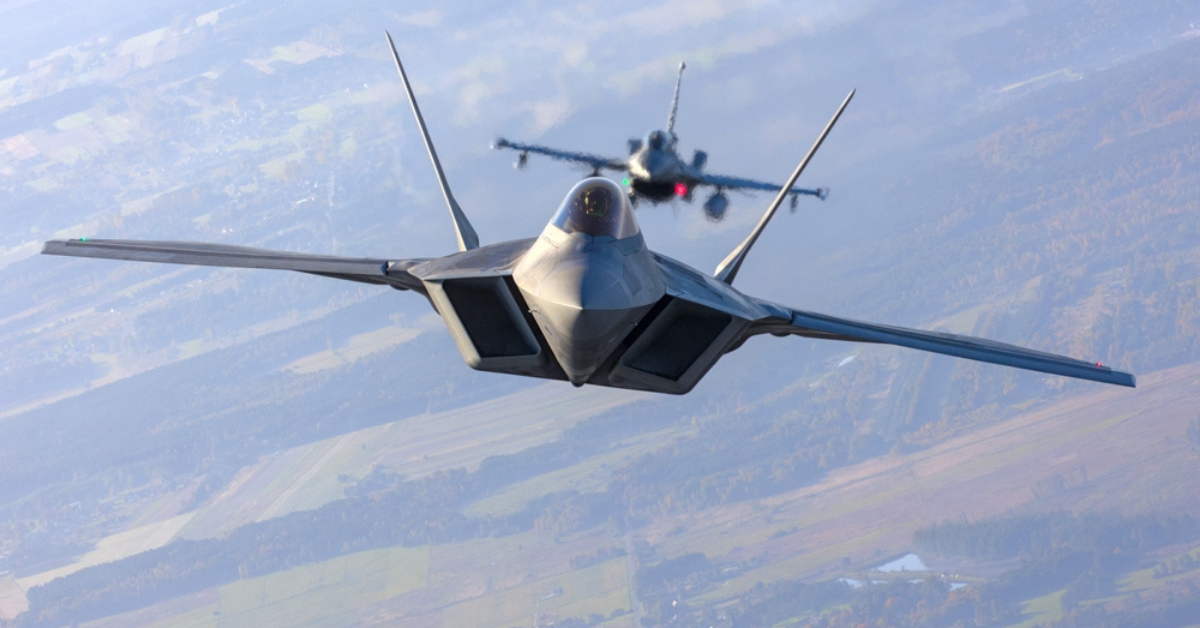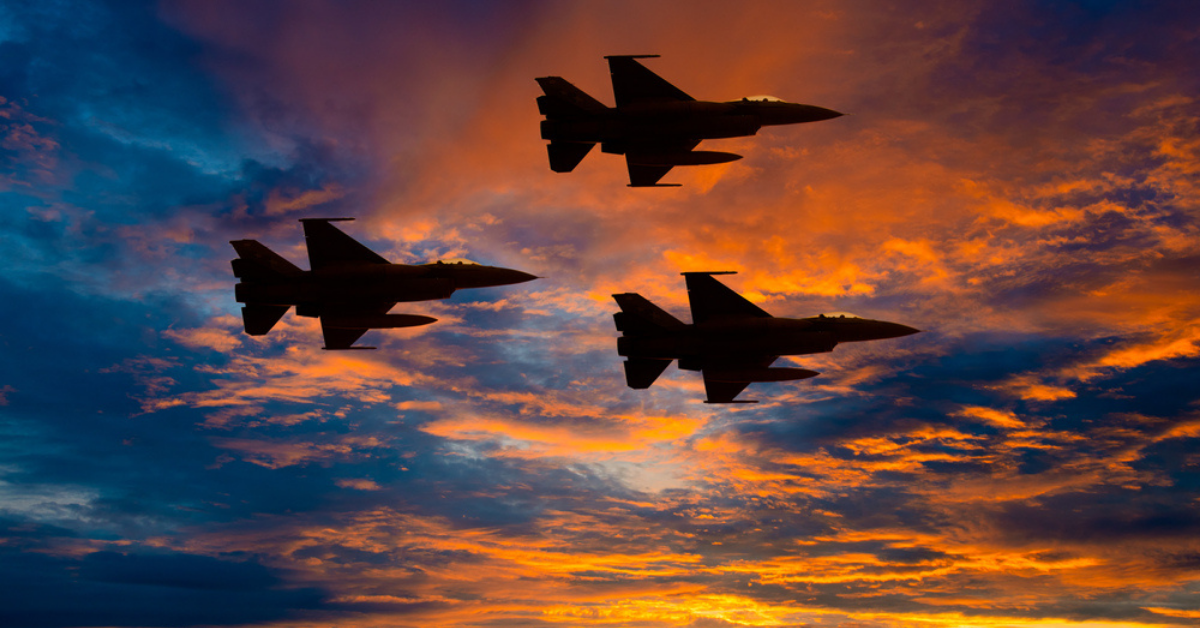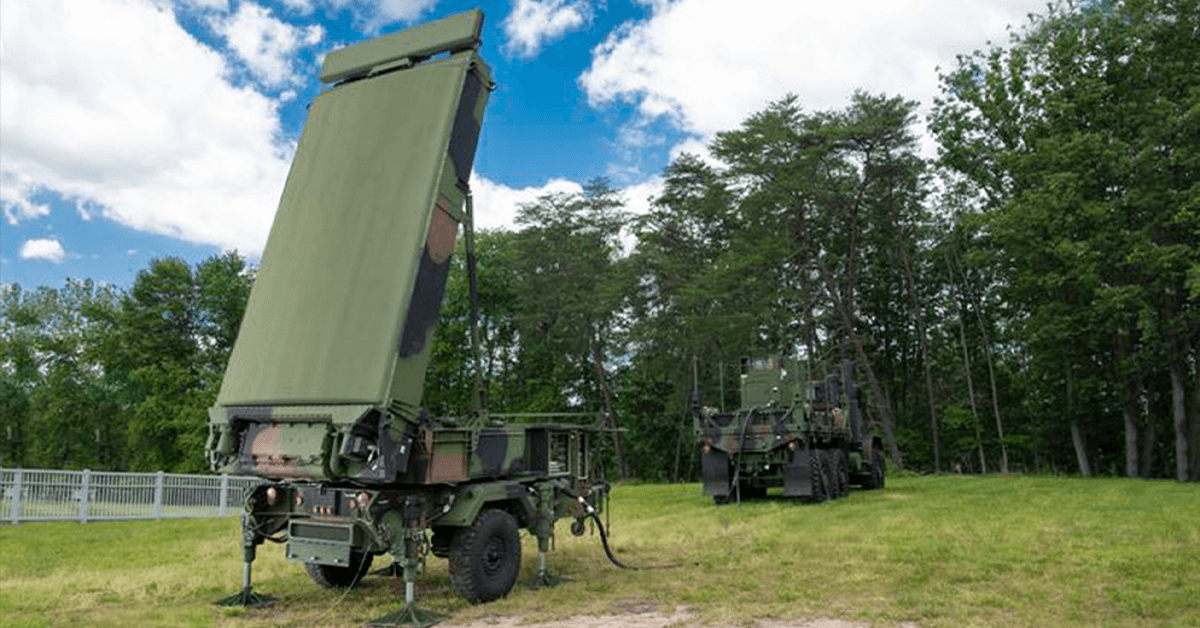The U.S. Air Force and Space Force are gearing up to face new global threats head-on but are encountering pitfalls regarding readiness. Compared to the 1990s, the combat Air force has halved, fighting pilots’ flying hours have significantly decreased, and operational readiness inspections are obsolete.
The solution? The Secretary of the Air Force, Frank Kendall, unveiled the seven operational imperatives in March 2022 at the AFA Warfare Symposium. They are the backbone of the Forces’ efforts to acquire new technologies, conduct research, and outmaneuver potential adversaries from Russia, China, North Korea, and Iran.
Here, we’ll cut through the complexity to understand how the seven operational imperatives shape the future of air and space defense.
Table of Contents
How the operational imperatives were developed


The operational imperatives were developed collaboratively within the Department of Defense, with Secretary Kendall working closely with Congress and the Pentagon’s Cost Assessment and Program Evaluation Office (PEO).
These imperatives address specific and operational challenges identified by the Department of the Air Force, including the need for resilient space capabilities and readiness to deploy and fight. They are designed so that the U.S. can effectively counter modern threats and maintain operational superiority in a changing global security environment.
The 7 operational imperatives of the U.S. Air Force and Space Force


Here’s a list of the seven operational imperatives serving as the roadmap for the U.S. Air Force and Space Force in addressing strategic competition.
Defining Resilient and Effective Space Order of Battle and Architectures
Defining a Resilient and Effective Space Order of Battle and Architecture is about adapting to evolving threats in space. It ensures that space-based services and capabilities remain functional even under attack.
Adversaries are actively developing counter-space capabilities and A2/AD strategies to disrupt U.S. military command systems. To ensure the nation’s superiority, the U.S. has been improving space architecture resiliency since 2010.
With this, the Chief of Space Operations, General John W. Raymond, prioritized shifting to a more resilient architecture. These priorities strengthened cross-domain capabilities like high-altitude systems and a JADC2 framework.
The Space Force’s solutions aimed to increase the number of satellites in low-Earth orbit up to six times. One of these solutions was to incorporate the Regional Military Protection capability into Global Positioning System (GPS) Block IIIF satellites, which was a part of the FY 2023 budget request.
Achieving Operationally Optimized Advanced Battle Management Systems (ABMS) / Air Force Joint All-Domain Command & Control (AF JADC2)
The U.S. Air Force’s Operationally Optimized Advanced Battle Management Systems (ABMS)/Air Force Joint All-Domain Command & Control (AF JADC2) is an initiative to improve control and operations in air, land, sea, space, and cyber warfare.
ABMS/ AF JADC2 makes more flexible systems, which should be better at handling complex situations. This is achieved using advanced technologies like AI, machine learning, and cloud computing to make quick decisions and respond in real time.
The Air Force invests a significant portion of its budget in developing and implementing ABMS/AF JADC2. In 2024, its budget request included $1.8 billion for AI and machine learning and $1.4 billion for JADC2.
In addition, the agency has named 50 unidentified programs planned to be a part of their core contribution to the JADC2 efforts, called the “DAF Battle Network.” The Air Force also plans to increase AMBS funding to $815 million in 2025, $951 million in 2026, $721 million in 2027, and $711 million in 2028.
Defining the Next Generation Air Dominance (NGAD) System-of-Systems
The U.S. Air Force’s Defining Next Generation Air Dominance (NGAD) System-of-Systems develops a new generation of air superiority technology in the form of fighter jets, manned and unmanned aircraft systems, and cyber and electronic components.
The NGAD System-of-Systems is set to give the USAF advanced technology to maintain air superiority in the 2030s and beyond. These technologies include a new stealth fighter design that will be more powerful and versatile when used with unmanned aircraft.
In fact, the USAF has already spent billions on research and development of NGAD, with more funding underway. It has already awarded $975 million for propulsion prototypes to improve the NGAD manned platform’s engine system. In the long run, the USAF is budgeting $19 billion for NGAD research and development by 2028.
Read more: F-35 Lightning II: Everything to Know about Lockheed’s Stealth Fighter Jet
Achieving Moving Target Engagement at Scale in a Challenging Operational Environment
Achieving Moving Target Engagement at Scale in a Challenging Operational Environment enhances the military’s ability to simultaneously spot, track, and attack multiple moving targets over a large area using different systems and technologies.
This operational imperative coordinates sensors, weapons systems, command and control structures, and intelligence assets to create a complete and quick response plan. It is most effective when facing stealthy enemies using maneuvers or operating in difficult terrains.
For this imperative, military spending focuses on developing and buying advanced technologies and systems, including sensors to find and track moving targets, precision-guided munitions for accurate attacks, and communication networks for fast and secure information sharing among platforms and command structures.
In March 2024, BlackSky received a $24 million contract from the Air Force Research Laboratory (AFRL) to create moving target engagement services. The U.S. Space Force also requested $1.2 billion for the Ground Moving Target Indicator (GMTI) program in its 2024 to 2028 spending plan.
Read more: HIMARS: A Comprehensive Guide to High Mobility Artillery Rocket System
Defining optimized resilient basing, sustainment, and communications in a contested environment
Defining optimized resilient basing, sustainment, and communications in a contested environment means developing adaptable military airbases, logistics solutions, and communication systems. They need to operate well even when challenged or attacked by enemies.
Here’s a look in more detail:
- Resilient basing involves careful planning and setting up military bases and operations. Forces and equipment need to be spread out in different locations to make it harder for enemies to target them.
- Sustainment keeps military forces supplied with ammunition, fuel, and spare parts in a contested environment where smart logistics and supply chain management are crucial. It also includes planning for risks, using autonomous systems for resupply, and making critical parts on-demand using technologies like 3D printing.
- Communications must be stable enough to work in tough conditions without support. For example, MANET radios and self-forming, self-healing mesh networks can help maintain data connections in challenging situations. Additionally, initiatives like the Joint All-Domain Command and Control (JADC2) allow commanders to connect sensors and weapons across land, water, and air.
Defining the B-21 Long Range Strike Family-of-Systems
Like NGAD, the Defining the B-21 Long Range Strike Family-of-Systems outlines the plan by the U.S. Air Force to develop and connect various technologies around this new stealth bomber.
On top of building the stealth bomber, work involves strategizing to make it operational alongside other support technologies, such as surveillance platforms, electronic warfare tools, communication systems, and unmanned or autonomous systems.
Integrating the bomber into the B-21 Raider family of systems allows the Air Force to improve its ability to strike over long distances, survivability in dangerous areas, and flexibility in giving commanders quick options. This approach also lets the Air Force use new technology like digital engineering and open systems architecture to upgrade the bomber as threats change.
In 2023, the U.S. Department of the Air Force (DAF) set aside $5.2 billion for developing, engineering, manufacturing, and testing the B-21 Raider and related technologies and facilities. The funding ensured that all the supporting systems are developed and used effectively.
Readiness of the Department of the Air Force to transition to a wartime posture against a peer competitor
Under the Readiness of the Department of the Air Force to transition to a wartime posture against a peer competitor, the Department of the Air Force is transitioning into a wartime posture against countries with comparable military capabilities by upgrading equipment, training personnel, and developing new technologies.
This operational imperative also deters potential enemies who have spent decades researching and developing methods to attack the nation’s systems and infrastructure. This readiness ensures the Armed Forces can fight competitively during major conflicts and protect the U.S. and its allies if needed. It also focuses on adapting to new types of warfare and countering the advances of other strong nations in military capabilities.
In line with this imperative, the 10 x 10 Vision also plans to speed modernization by improving data quality, access, and compliance throughout the military. The President’s budget request for the Department of Defense increased to $773 billion to maintain strong deterrence, support military members and families, strengthen partnerships, and maintain America’s technological advantage.
Read more: Defense Contractors in 2023: Background, Revenue Figures, and Contracts







